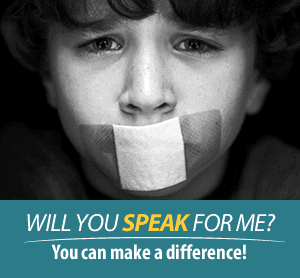Sexual Abuse Prevention Resources That Can Protect Your Child from Predators
April 15, 2014
Summary: All parents want to protect their children from sexual predators, but it’s difficult to spot one. There will never be a 100% solution, but these sexual abuse prevention resources will help.
What is the stereotype of a sexual predator? Is it the guy that has a mullet with a creepy mustache driving around in his ‘Shaggin Wagon’ offering to give children a ride home? Hollywood would have you believe this stereotype, but the real world reality is not so cookie-cutter. There is no set profile of a sexual predator; the truth is that they are all ages, shapes, sizes, and professions. There are several characteristics of a sexual predator that go unnoticed by the untrained eye, but are easy to identify with a refined view. The below are helpful sexual abuse prevention resources, statistics, and tips to bear in mind:
– Pedophiles can be any type of adult, there is no readily distinguishable sign.
– A vast majority of children (almost 90%) know their abuser.
– There are symptoms many pedophiles share, including mental illness and underdeveloped social and coping skills.
– Pedophiles have a tendency to treat children like adults or otherwise not differentiate between the two.
– Pedophiles often ‘groom’ their future abusers; at-risk children or children of single mothers are the most targeted demographic.
While these tells are somewhat vague, it can point you in the right direction to identify other distinguishing behaviors, and potentially step in. Here are some ways individuals can step in and protect children from sexual abuse:
– Find out if you live near sex offenders.
– Supervise or observe your child’s extracurricular activities.
– Use cameras if hiring a babysitter or having relatives watch your children
– Teach your child about appropriate and inappropriate touching
– Be engaged in your child’s life. This has two effects; one of establishing a strong bond with your child, and also to notice any irregularities in their behavior.
Individual responsibility to prevent institutional sexual abuse is a common theme in our Child Molestation Victim blogs; and for good reason – individuals are the first line of our children’s safety. If these sexual abuse prevention resources and tips prevent even one child from the horrifying experience of sexual abuse, then both of us have done our jobs.
If your child, or a child you know is a victim of sexual abuse, contact your local police department and report it. If you want to know your family’s legal rights, contact Estey & Bomberger today.


